Stay up to date with our latest news and offers
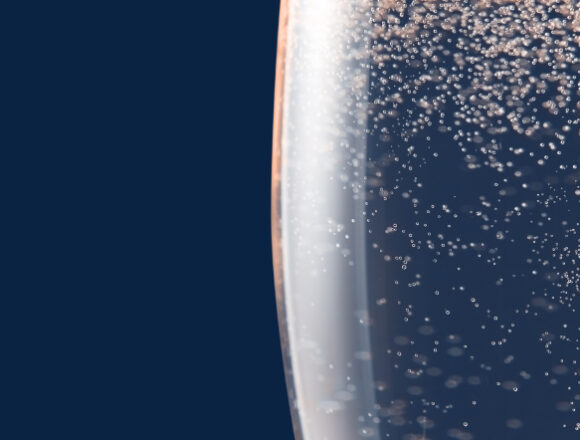
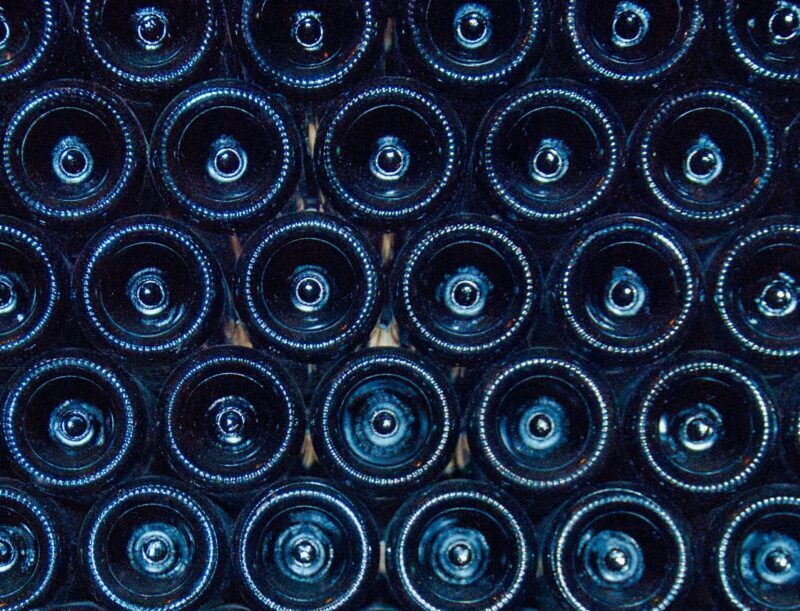
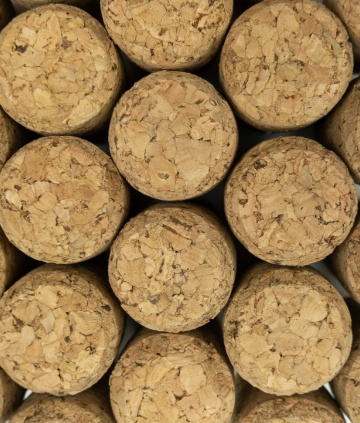
It is often said that Dom Perignon was the first to use cork as a seal, but in fact the Greeks and Romans sealed jugs and bottled still wines and ciders with the material for a hundred years before this. A cork can leave a bottle of champagne or English sparkling wine at 55mph – fast enough to shatter a champagne glass, the screen of a mobile phone, or your spectacles! To avoid accidents, always chill the bottle properly to at least 8-9°C before opening, and open safely following these steps:
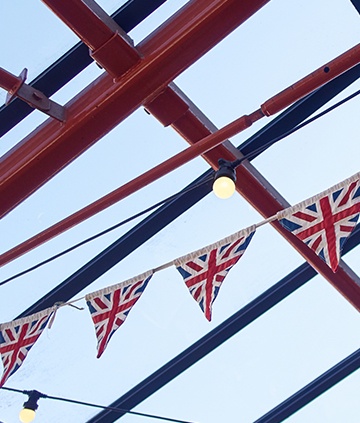
Dom Perignon is often thought to be the one who invented the recipe to make champagne. Records show that the Hautvillers abbey sold most of its wine in barrels, which was very normal from 1600-1750, and the limited number of bottles that were sold contained still wines, not sparkling, as history can track back in correspondence. But 30 years earlier, the English scientist Christopher Merrett documented in 1662 that English winemakers had been adding sugar to give their wines some bubbles and to give them “the sprite”. This was the description of what we today call the second fermentation, the process that makes the natural bubbles.
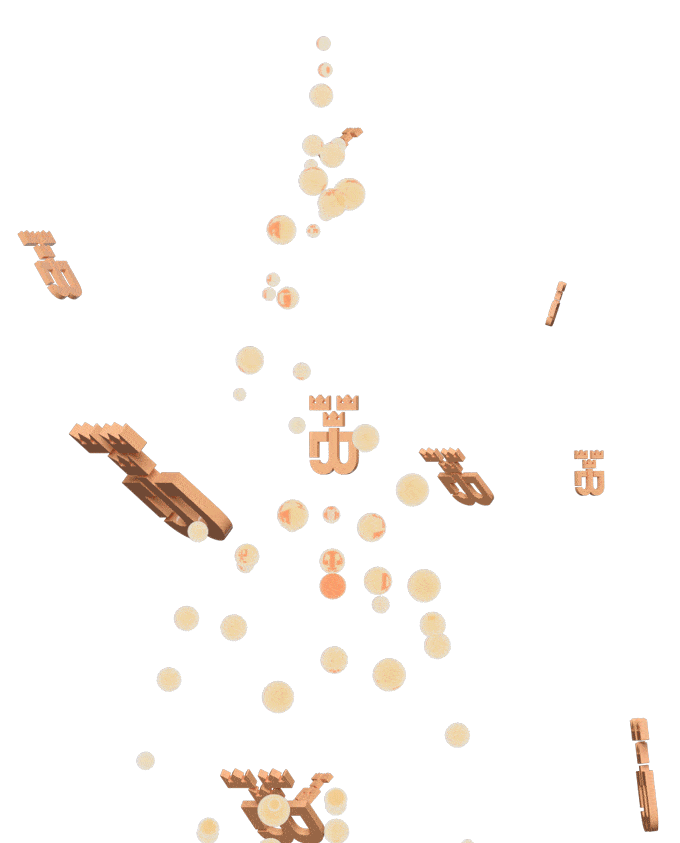
The key intervention is a secondary fermentation. By adding a mixture of yeast, sugar, and wine called the liqueur de tirage in a closed environment,( the bottle) still wines become effervescent.
When the secondary fermentation begins, the carbon dioxide released by the yeast has nowhere to go but into the wine, making the bubbles. What distinguishes the finished product is where this secondary fermentation takes place and how long the wine is aged with the dead yeast cells, called lees. All of Busi Jacobsohn wine-production is made in accordance with the traditional method.
Rarely you might find little white crystals poured into your glass.
What is wrong with your wine? Should you still drink it?
The short answer is that nothing is wrong and you should absolutely still consume it, but the explanation for why those crystals are there in the first place is of interest. Three main acids exist in wine grapes: malic acid, citric acid and tartaric acid. Of the three, it’s tartaric acid that’s responsible for the tartness we get in wine and the acid that creates those crystals. This is the acid which helps maintain a wine’s PH levels and protects it from spoiling, but it doesn’t always like to stay dissolved inside the wine. Chill a wine down too far and the acid will actually solidify.
Sometimes this is also what you find in the bottom of a bottle and they end up in the final glass.
That’s just tartaric acid’s solid form floating around, but it’s completely harmless to consume.
The higher quality your bottle of wine is, the more likely you are to see tartrates. That’s because on the lower end of the wine spectrum, the wine is often cold stabilised in order to filter the tartrates out. This is done by chilling the wine down to near freezing levels and letting the solidified tartrates drop to the bottom of the tank. While this process will ensure a wine’s clarity, lowering a wine’s tartrate levels also impacts a wine’s flavors and hurts its ability to be aged.
If you find yourself coming across tartrates, floating around in your glass, consider it a good thing. This means the wine wasn’t over-processed and its beautiful subtleties were preserved.

